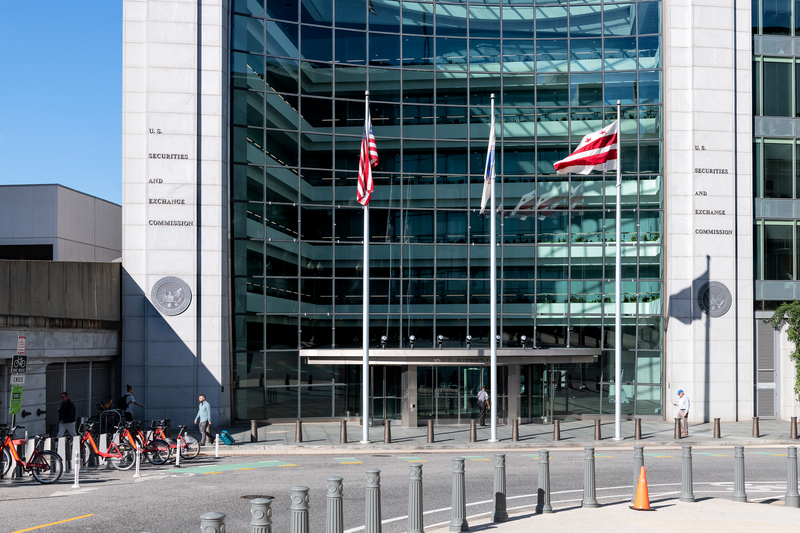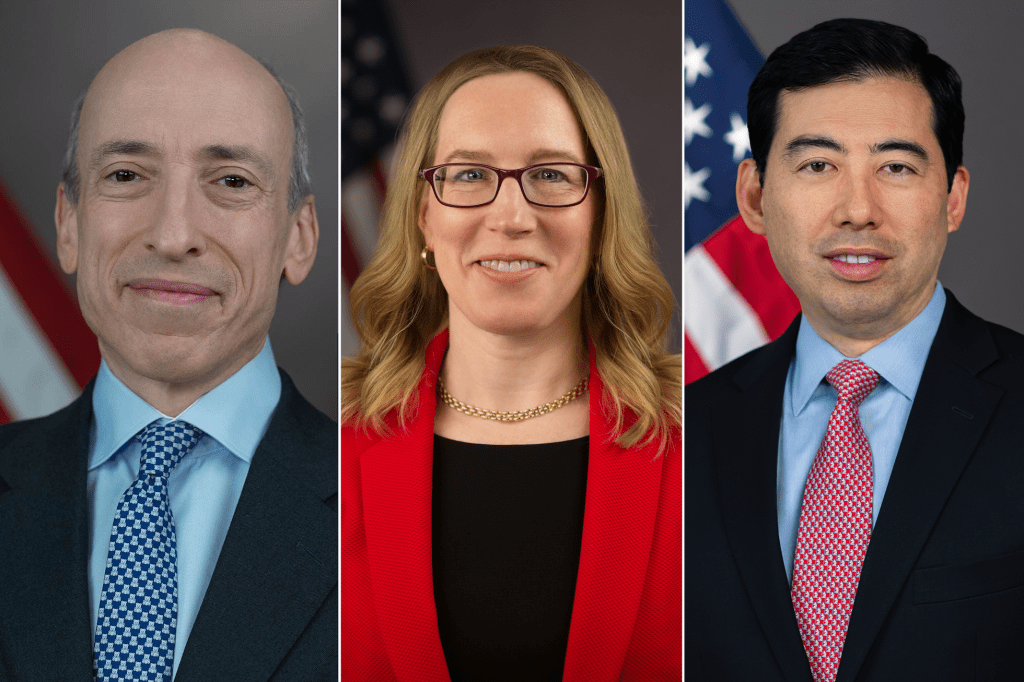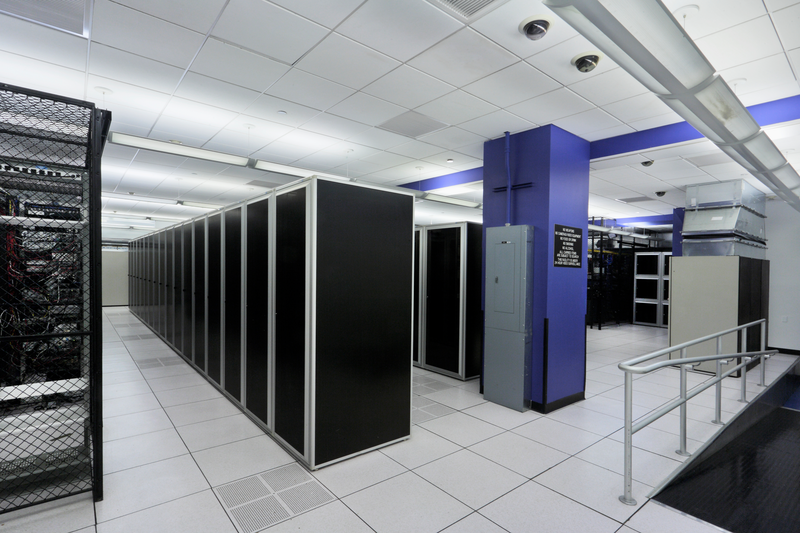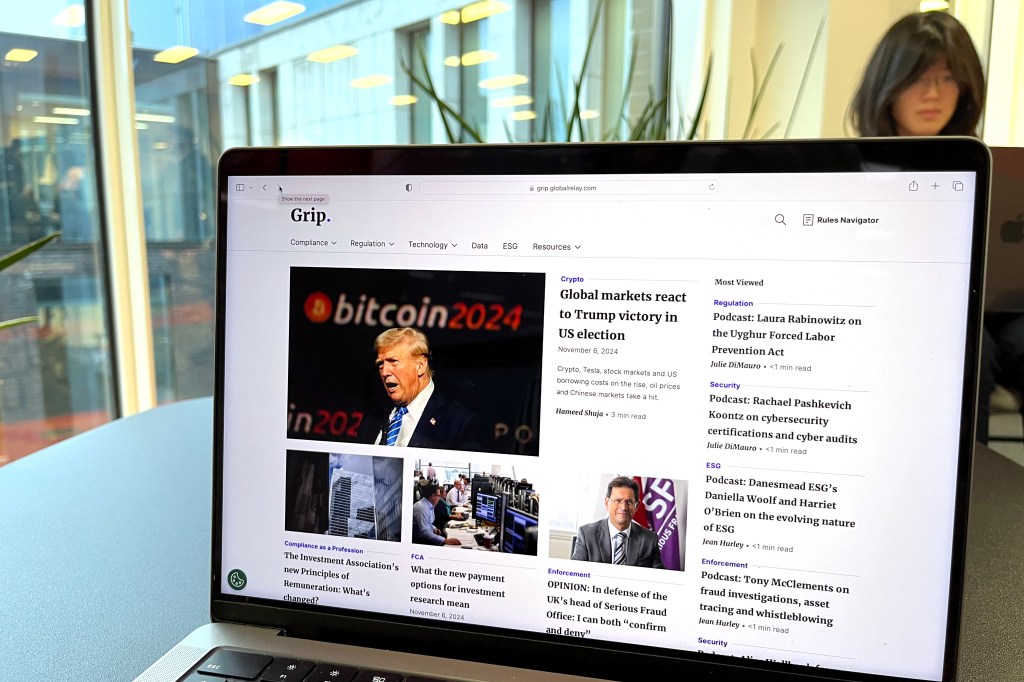When COVID-19 first struck and governments around the world started imposing lockdowns, many financial institutions were faced with a major challenge: how to manage their regulated activities in a remote environment.
Not only did they have to figure out how to maintain supervision while their employees were working from home, they had to continue fulfilling their compliance duties with the regulators. For FINRA-registered broker-dealers in the US, this has meant shifting to a world of virtual examinations.
That was less of a problem for FINRA itself. It had been adopting technology to enable firms to submit documents digitally before the pandemic, while also overhauling the way its examination staff are organized.
“Over the last few years, FINRA has been restructuring its examination staff to be subject-matter linear instead of geographically linear, so you can have a person who specializes in trading and marketing activities who sits in LA doing an examination on someone who is in Tennessee,” says Michael Watling, a partner in law firm King & Spalding’s securities enforcement and regulation group. “So the pivot to subject-matter silos rather than geographic silos aligned with working remotely.”
Transition to virtual exams
Firms that had already started embracing digital transformation were also able to manage the transition to virtual examinations better. Take XML Financial Group, for example. It adopted a cloud-based document system prior to the pandemic, reducing the disruption caused by the move to remote working.
“We now scan everything on to our network, so working with examiners is the same process – they give you a list of items they want to look at, you scan them and name them, and then you upload them to a secure portal,” said Jennifer Szaro, chief compliance officer at XML. “Even if they were in the same room as you, you would still be uploading documents to the portal, so in that sense it is no different and it hasn’t been much of an issue.”
And while the shift to virtual exams means examiners are no longer able to sit face-to-face with regulated firms’ employees, the adoption of Zoom and other video conferencing platforms means they can still see who they are talking to and pick up on any non-verbal communication cues, says Szaro.
Virtual examinations also enable firms with offices around the country to participate in ways that were limited for onsite exams, says Rob Herskovits, founding partner of boutique securities-focused law firm Herskovits.
While most documents can be provided whether an examiner is onsite or not, onsite inspections can uncover evidence of malpractice that would not be visible during a virtual exam.
Yet the compliance challenges for firms sparked by the broader move to remote working meant they were often behind the curve on regulatory issues, such as employees communicating via unauthorized messaging channels like WhatsApp or SMS.
“That’s just one example of how it has been harder on firms than on the regulators,” said Watling.
There are, however, potential downsides for examiners as well. While most documents can be provided whether an examiner is onsite or not, onsite inspections can uncover evidence of malpractice that would not be visible during a virtual exam.
“We know from historical experience, and I was once a regulator, that there is an aspect of the in-person onsite examination that could raise red flags that may not otherwise be detectable. For example, someone pulls a drawer open and there is a stack of pre-signed wire transfer authorizations sitting there,” said Watling.
Regulatory backdrop
While some broker-dealers have found the transition to virtual exams more invasive and time-consuming than onsite inspections, others believe that has simply coincided with a tightening of the broader regulatory backdrop. Watling, for instance, reckons it is more to do with the natural ebb and flow of regulatory priorities and the restructuring process FINRA has been undergoing since Robert Cook took over as president and CEO in 2016.
“There are certain times when it feels like the regulators are less active, which often happens in a state of flux,” Watling said. “Once the regulator regains its footing, people have grown accustomed to a slower pace, so when it ramps back up again it feels like it is being more aggressive when really it’s just a return to the normal speed and efficiency at which it operated prior to a change.”
Another possible reason for the perception that FINRA exams have become more intense is because the amount of regulation has also increased.
“Exams can take longer when there is more to examine – we now have Reg BI and Form CRS – so that is definitely a factor,” said Szaro. In addition, exam lengths can vary depending on the scope of the examination set for the firm. There is also potentially more back-and-forth between firms and regulators in a remote environment given that examiners are not bound by travel constraints.
“In the past there was a confined period of time where examiners were onsite, maybe it was a week, but now you’ve got a virtual component where there is no limitation on how many times you can come back in, so that could create some tension,” said Paul Tyrrell, a partner in Sidley Austin’s securities enforcement and regulatory practice. “It’s easier to have those Zoom calls more frequently than flying back out to do the fieldwork – but it is not as if pre-Covid-19 firms would have a one-week exam and never see the examiner again, they did come back out if they found a reason to do so.”
“For the biggest firms in the industry who are used to having named supervisors and day-to-day contact with those supervisors, that became remote during the pandemic and that can create more friction in the supervisory process.”
Rob Dedman, partner, King & Spalding
The move to remote working has affected regulators in other jurisdictions to varying degrees. In the UK, for example, the Financial Conduct Authority (FCA) already supervises the majority of firms remotely, except for a handful of the very largest institutions.
“The FCA supervises a small number of firms on a named supervisor or team basis, and then the rest of the firms go into a contact center, and the contact center has always been a very paper-based and email-based process rather than in-person,” said Rob Dedman, a partner at King & Spalding and the former head of enforcement at the Bank of England. “For the biggest firms in the industry who are used to having named supervisors and day-to-day contact with those supervisors, that became remote during the pandemic and that can create more friction in the supervisory process. So going back to in-person meetings will likely be helpful.”
A hybrid future
While people are starting to return to the office, it is unlikely that US regulators will entirely ditch remote oversight, instead adopting a hybrid approach of virtual and onsite examinations.
“Not just with FINRA but in the legal profession more broadly, people are going to sit back and say what have we learned from working offsite, and I think that people are going to retain many elements that we’ve now grown accustomed to using,” says Herskovits.
However, while FINRA will likely want some element of onsite presence to return on the examination side, firms themselves may also continue to allow remote or hybrid working, which could make onsite exams more complicated.
Watling also believes that FINRA will likely maintain a hybrid approach in the future in part because of broader measures to cut costs by reducing office space.
“As long as the current leadership is in place, we’re going to continue to see hybrid, if not fully remote, workers who are doing examinations geographically seamlessly,” he said.












